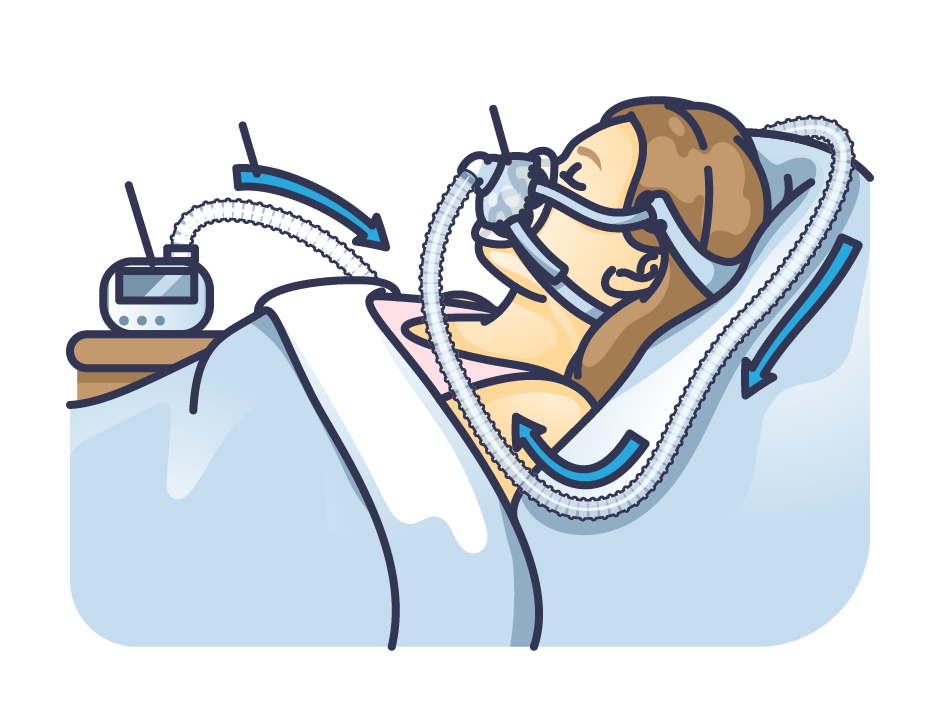Safety in Transportation: Increased risks for older workers?
- OccHealthSci
- Mar 17, 2021
- 2 min read

I spent my summer internship working under OR-FACE, the Oregon Fatality Assessment & Control Evaluation Program, sponsored by the National Institute for Occupational Safety and Health (NIOSH). OR-FACE is a partnership between CROET and Oregon Public Health Division. For this internship I explored the increased risks experienced by older transportation workers. With the help of Dr. Ryan Olson and Erika Zoller, I used national databases and Oregon occupational fatality cases to prepare the framework for my summer research project, titled “Higher Occupational Fatality Rates among Older Transportation Workers: Hypotheses to Explain the Risks for an Aging Workforce.”
In my preliminary analysis of Oregon and National data, I identified a significantly higher fatality risk among transportation workers over age 65 when compared to their younger counterparts. Within Oregon, the prevalence ratio of fatalities to workforce size for workers 65 and older was roughly 3.5 times higher that that of workers aged 35 to 44 (the most prevalent age group in terms of employment) and about 2.75 times that of workers aged 45 to 54.
To investigate potential causes of this heightened risk, the OR-FACE team is testing four hypotheses using prior published research and Oregon Workers Compensation data. These hypotheses are that the increased fatality risk with age may be partly due to (1) Hazard Exposure: increased exposure of older adults to hazardous work environments due to employment levels in certain high-risk occupations, (2) Organization of Work: differences in job design and work organization among small and larger employers, (3) Physical Fragility: aging workers are less likely to survive severe traumatic injuries than younger counterparts, and (4) Cognitive and Psychomotor Changes: increased risk due to normative changes in cognition, psychomotor, and vision abilities at later age. I tackled some of the evidence for these hypotheses in my poster and they will be further explored in a peer-reviewed paper that we are working on with Jaime Walters from Oregon Public Health Division.




Comments